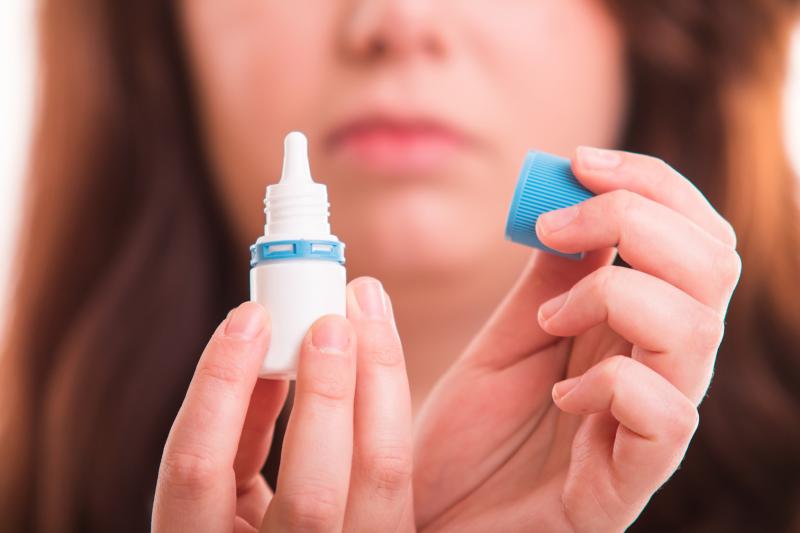
Atropine 0.05% has double the efficacy of 0.01% eye drops over 2 years, and the former remains the optimal concentration among atropine concentrations in slowing the progression of myopia, a recent study has shown.
Of the 438 children originally randomized to receive 0.05%, 0.025%, 0.01%, or placebo once daily in both eyes in the Low-Concentration Atropine for Myopia Progression (LAMP) phase I study, 383 (87 percent; aged 4-12 years) with myopia of at least –1.0 dioptre (D) were selected to continue in the extended trial (phase II).
Children in the placebo group (LAMP phase I) were switched to receive 0.05% atropine from the beginning of the second-year follow-up. Those in the 0.05%, 0.025%, and 0.01% atropine groups remained in the same regimen. The investigators measured cycloplegic refraction, axial length (AL), accommodation amplitude, photopic and mesopic pupil diameter, and best-corrected visual acuity at 4-month intervals.
The mean spherical equivalent (SE) over the 2-year period was 0.55±0.86 D in the 0.05% (p=0.015), 0.85±0.73 D in the 0.025% (p<0.001), and 1.12±0.85 D in the 0.01% atropine groups (p=0.02), with mean AL changes of 0.39±0.35 mm (p=0.04), 0.50±0.33 mm (p<0.001), and 0.59±0.38 mm (p=0.10), respectively, over 2 years.
Compared with year 1, the efficacy of 0.05% and 0.025% atropine at year 2 remained similar (p>0.1), while that in the 0.01% concentration improved slightly (p=0.04).
Switching to 0.05% atropine significantly reduced myopia progression for the phase I placebo group (SE change, 0.18 D in year 2 vs 0.82 D in year 1; p<0.001; AL elongated 0.15 mm in year 2 vs 0.43 mm in year 1; p<0.001).
“Accommodation loss and change in pupil size in all concentrations remained similar to the first-year results and were well tolerated,” the investigators noted. “Visual acuity and vision-related quality of life remained unaffected.”